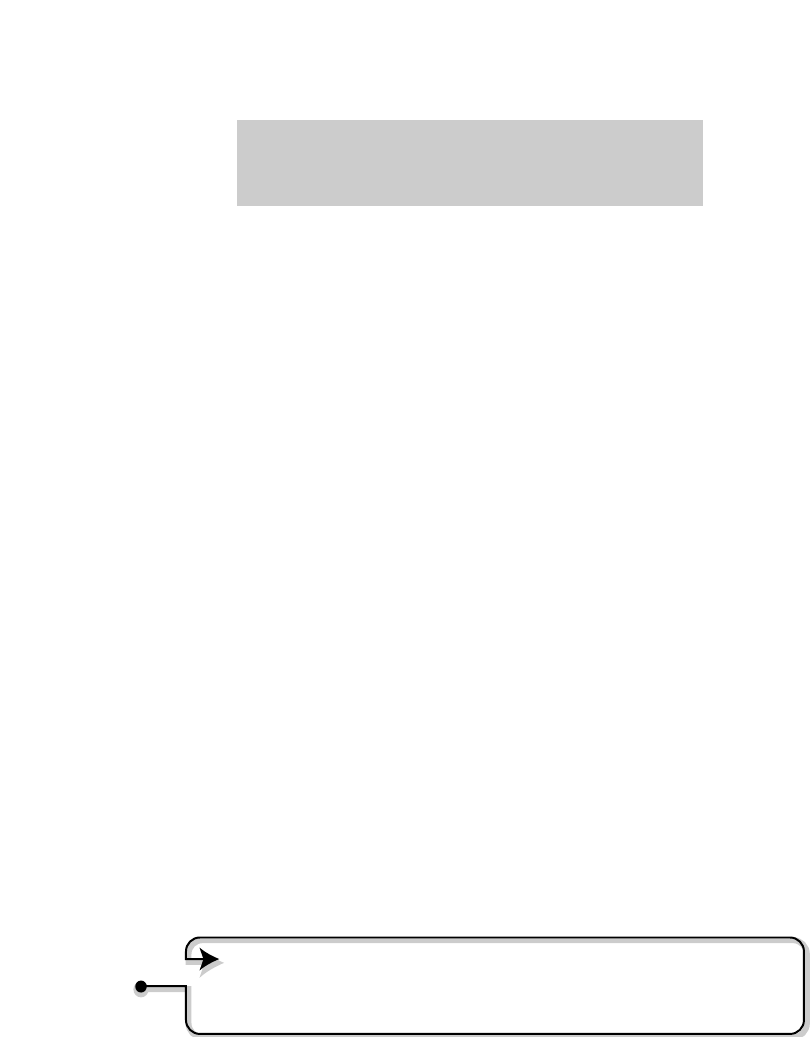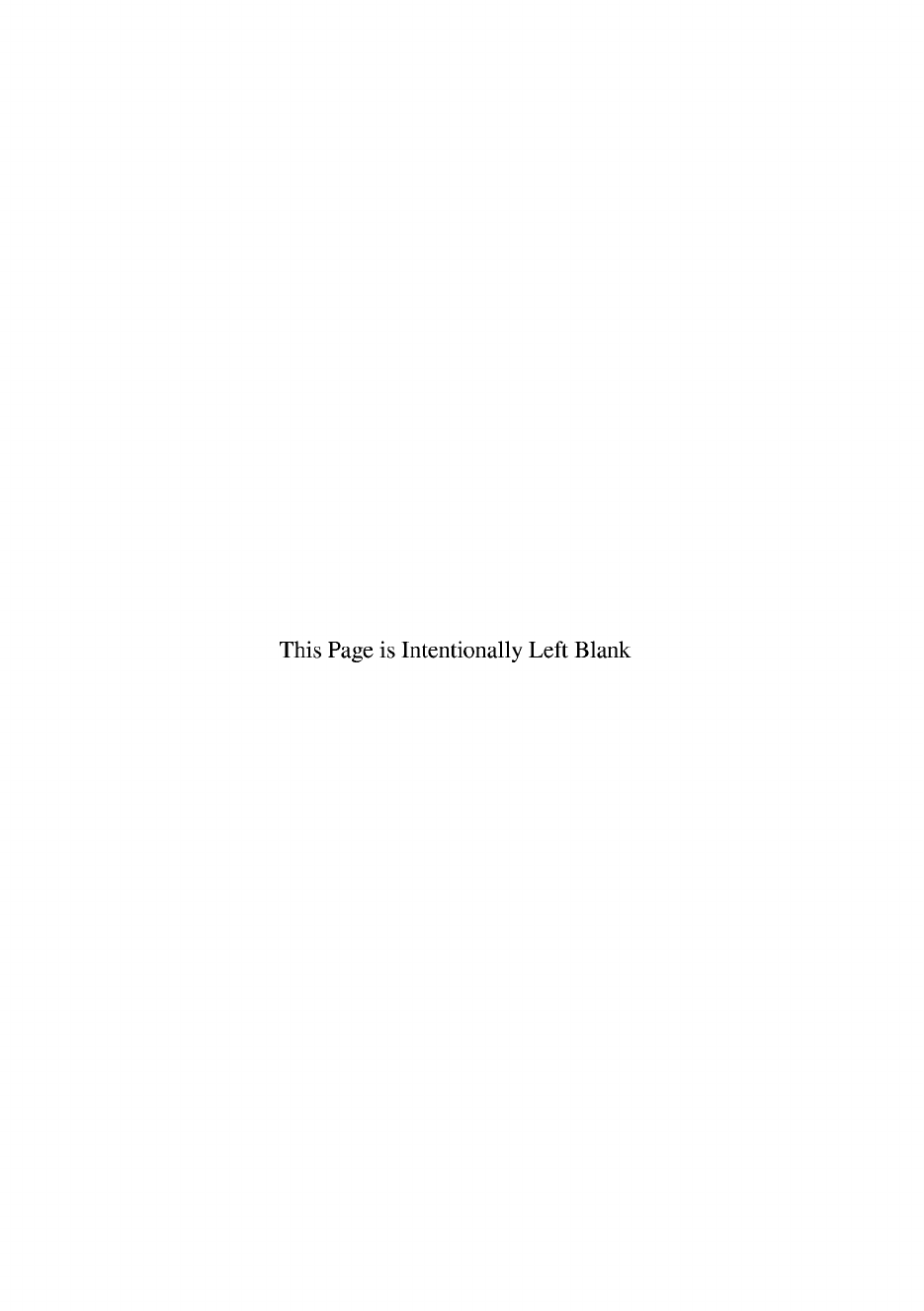
Appendix 10
TIMS
Risk exposure is a focal point of vital importance for all international mar-
kets and clearing organizations. As world financial derivatives markets
expand and counterparty credit risk increases in size and complexity, an
organization’s ability to assess its exposure to credit risk has become even
more critical. The Options Clearing Corporation’s Theoretical Intermarket
Margin System (TIMS) provides this capability.
The Options Clearing Corporation (OCC) is the first clearing organization in
the world to have implemented a risk-based margin methodology for the U.S.
listed securities options markets. OCC’s TIMS methodology is a sophisticated
system for measuring the monetary risk inherent in portfolios containing
options, futures and options on futures positions.
TIMS allows clearing institutions to measure, monitor and manage the level of
risk exposure of their members’ portfolios. TIMS can calculate risk exposure at
different account levels and for different account types. In addition, TIMS uses
advanced portfolio theory to margin all positions relating to the same underly-
ing product and combines the risk of closely related products into integrated
portfolios. This portfolio aspect of TIMS is integral for the recognition of hedges
used by market participants in increasingly interrelated markets.
By Introducing TIMS, OCC responded to the growing need for a risk-based
margin system that is cost effective, hardware independent and capable
of interfacing with an existing clearing system. TIMS is becoming an
international standard for assessing risk in derivatives markets.
Methodology
TIMS uses advanced pricing models to project the liquidation value of each
portfolio given changes in the price of each underlying product. These mod-
els generate a set of theoretical values based on various factors including
current prices, historical prices and market volatility. Based on flexible crite-
ria established by a clearinghouse, statistically significant hedges receive

appropriate margin offsets. TIMS also is used to predict a member’s potential
intra-day risk under varying sets of assumptions regarding market behavior.
TIMS organizes all classes of options and futures relating to the same under-
lying asset into class groups and all class groups whose underlying assets
exhibit close price correlation into product groups. The daily margin require-
ment for a clearing member is calculated based on its entire position within
a class group and various product groups. The margin requirement consists
of two components, a mark to market component and an additional margin
component.
Premium Margin
The mark to market component takes the form of a premium margin cal-
culation that provides margin debits or requirements for net short posi-
tions and margin credits for net long positions. The margin debits and
credits are netted to determine the total premium margin requirement or
credit for each class group. The premium margin component represents
the cost to liquidate the portfolio at current prices by selling the net long
positions and buying back the net short positions.
Additional Margin
The additional margin component, the portion of the margin requirement
that covers market risk, is calculated using price theory in conjunction
with class group margin intervals. TIMS projects the theoretical cost of
liquidating a portfolio of positions in the event of an assumed worst case
change in the price of the underlying asset. Theoretical values are used
to determine what a position will be worth when the underlying asset
value changes. Given a set of input parameters (i.e., option contract
specifics, interest rates, dividends and volatility), the pricing model will
predict what the position should theoretically be worth at a specified
price for the underlying instrument.
The class group margin interval determines the maximum one day increase
in the value of the underlying asset (upside) and the maximum one day
decrease in the value of the underlying asset (downside) that can be expected
as a result of historical volatility. The methodology used to determine class
group margin intervals and product groups can be specified by each clearing
institution. OCC’s methodology for determining class group margin intervals
is based on ongoing statistical analysis. For each class group, the standard
deviation is computed and a margin interval is calculated which covers a
predetermined percentage specified by the clearinghouse. This approach
provides both a confidence level and historical perspective on volatility
and accounts for any non-normal price distribution patterns. TIMS also cal-
culates theoretical values at equal intervals between the two endpoints
(upside and downside) and at the current market value to protect against
262 TIMS
certain trading strategies that may have their largest loss between these two
endpoints.
OCC’s methodology for determining which class groups comprise a product
group and the appropriate percentage deduction to account for the lack of
perfect correlation between class groups is also based on ongoing statistical
analysis. For each pair of class groups, TIMS computes a coefficient of deter-
mination. TIMS assigns class groups to a product group when the value of
the coefficient between the class groups is within policy limits established by
the clearinghouse. The product group percentage or offset is established
based on the lowest coefficient of determination among all of the class
groups included in the product group. When calculating an account’s total
margin requirement, this specified percentage of any margin credits at the
class group level is used to offset margin requirements generated by other
class groups in the same product group.
Source: Option Clearing Corporation.
TIMS 263

This Page is Intentionally Left Blank
..................Content has been hidden....................
You can't read the all page of ebook, please click here login for view all page.
